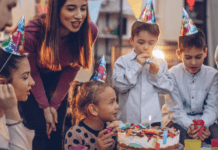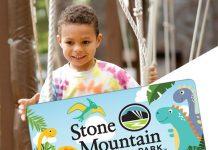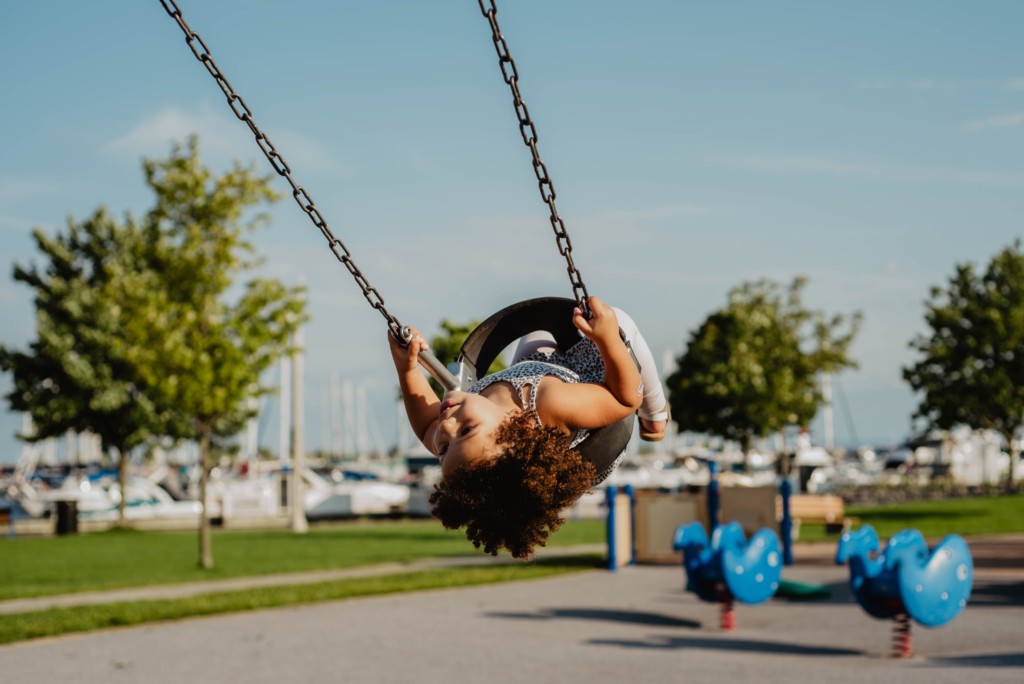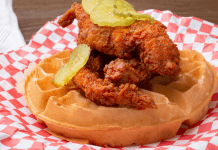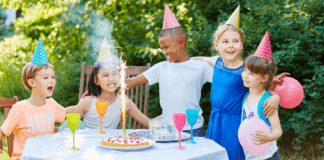I came to know about Autism Spectrum Disorders (ASD) through my younger cousin. He is a private person, so in this post, I’ll refer to him by his first initial, E. To my knowledge, he does not have an official, specific diagnosis, but E. is how I learned about ASD, and learning about Autism is how I came to understand E. (ASD diagnoses are complicated due to the variety of ways that spectrum disorders present in people’s behaviors, especially when combined with the presence of other medical factors.)
I was 16 when E. was born and overjoyed about having another young cousin to play with. I come from a close extended family; I am the eldest grandchild, E. is the youngest. A couple of years later, my cousin and his parents and sisters began their journey into the world of evaluations, diagnoses, and therapies, and the term Spectrum Disorder entered our vocabularies.
For years, my usually very loud, very nosy family became a bit more reserved. We did a lot of standing by. Standing by listening to E’s mother talk about their latest doctor’s appointment/therapy/dietary change. Waiting quietly while my aunt and uncle helped E. navigate loud and crowded family gatherings, or calmed him when he became upset. Trying to send our love and support telepathically from feet away because we didn’t know what to do or say to help.
Another of my aunts was the person who helped me realize the answer to that daunting question, “What should I do/say?” is simple: get to know E. The clinical terms disorder and diagnosis make it easy to think there is a prescribed solution to any situation, and we just aren’t qualified to know what the solution is. They make it easy to just stand by. My aunt showed me how to approach the person first, not the diagnosis.
I noticed she would bring E. gifts–small packages with tiny surprises inside–because he loved to open the shrink-wrapping with such precision there was barely a tear in the plastic. E. loves geography and can recite entire dialogues from his favorite cartoons. He likes to draw. He also takes a minute to answer a question you ask him, and he has trouble recognizing if you are saying something in a teasing way. He is incredibly sensitive to others’ sadness, especially babies. Knowing these things has helped me build a relationship with E. and encourage a relationship between him and my son.
I noticed the ways E’s parents talk to him, how they explain things, give instructions, or coach him through something that is happening. Noticing these things has led me to ask them questions about E. and open conversations about their experiences. It’s made it easier to do more than send my love and support telepathically.
As a family, we still do quite a bit of standing around 15 years later. We stood around smiling the first day that E. greeted my grandparents in his own way. We teared up at his sister’s wedding, watching him escort his mother down the aisle and later dance at the reception. We sit and listen to E. talk about geography. We watch him interact joyfully with his younger cousins.
Just a few months ago, I had a conversation with a woman who began to tell me about a family she knew just beginning their ASD journey. According to her, the parents have two children: a daughter who excels in so many things and a son who was recently diagnosed with Autism. “It’s just so sad,” she said, “their daughter is brilliant and their son… It’s just so sad.” All at once, I wanted to scream, cry, and beg her to see things differently.
Yes, confronting an ASD diagnosis–really, a special needs diagnosis of any kind–is difficult. Yes, learning that your child will face extraordinary challenges in his or her life is sad. But what I want her to know is that E. is an asset to our family, not a sadness. He has skills and interests and ideas that make him a joy to be around. And learning about E’s differences has shaped our family for the better. We’re more patient, compassionate, observant, and loving with E–and with Autism–as a part of our lives.


